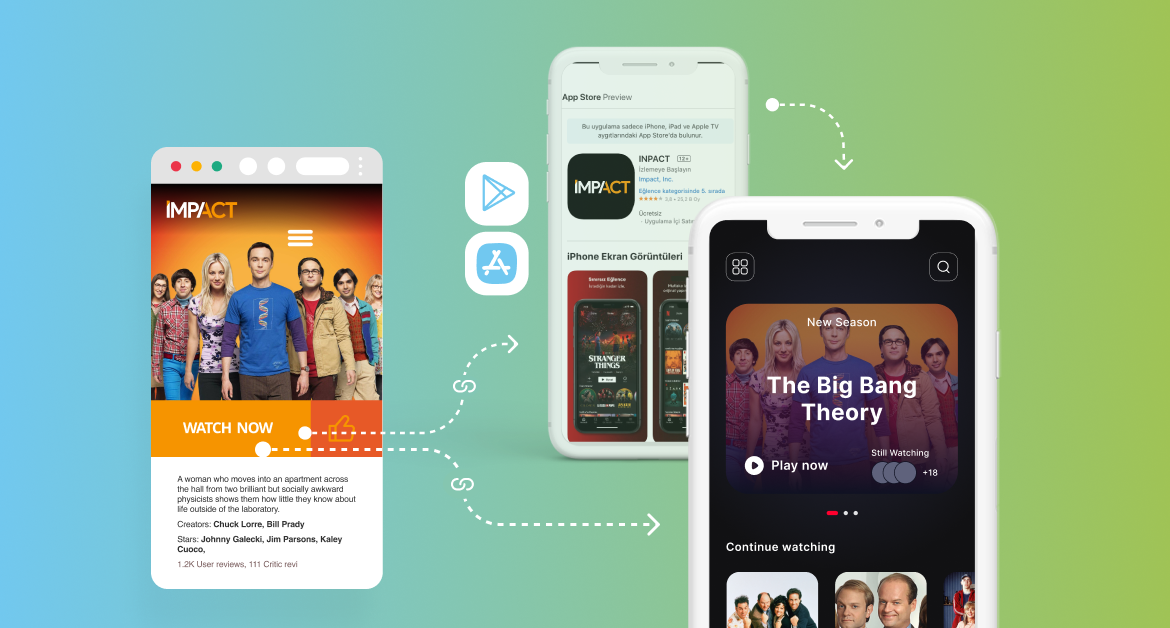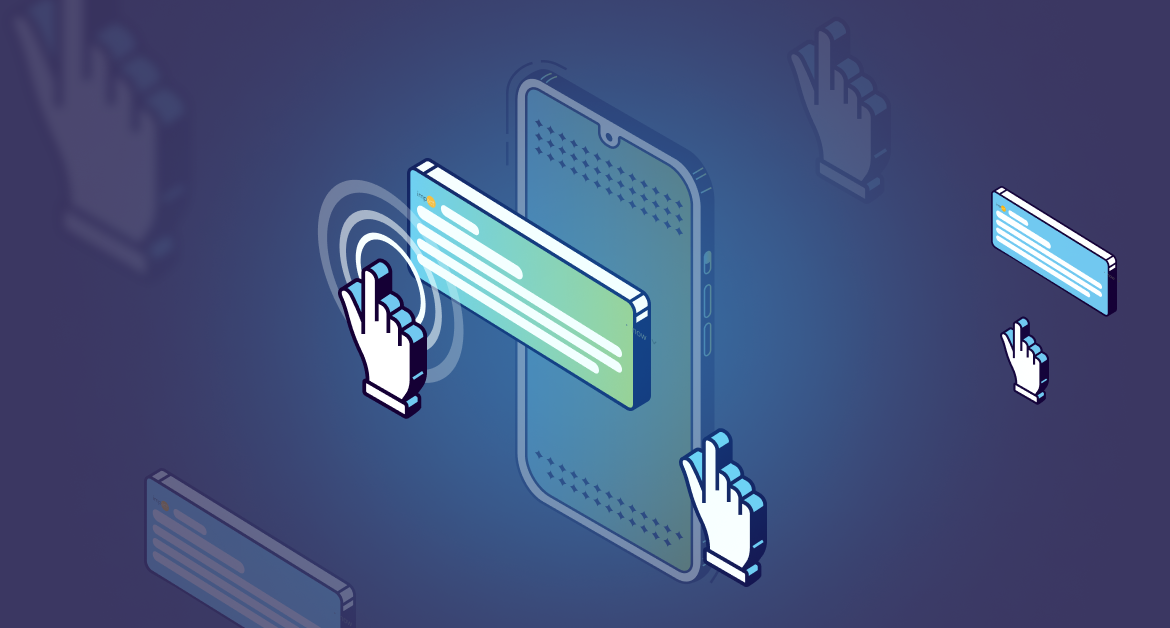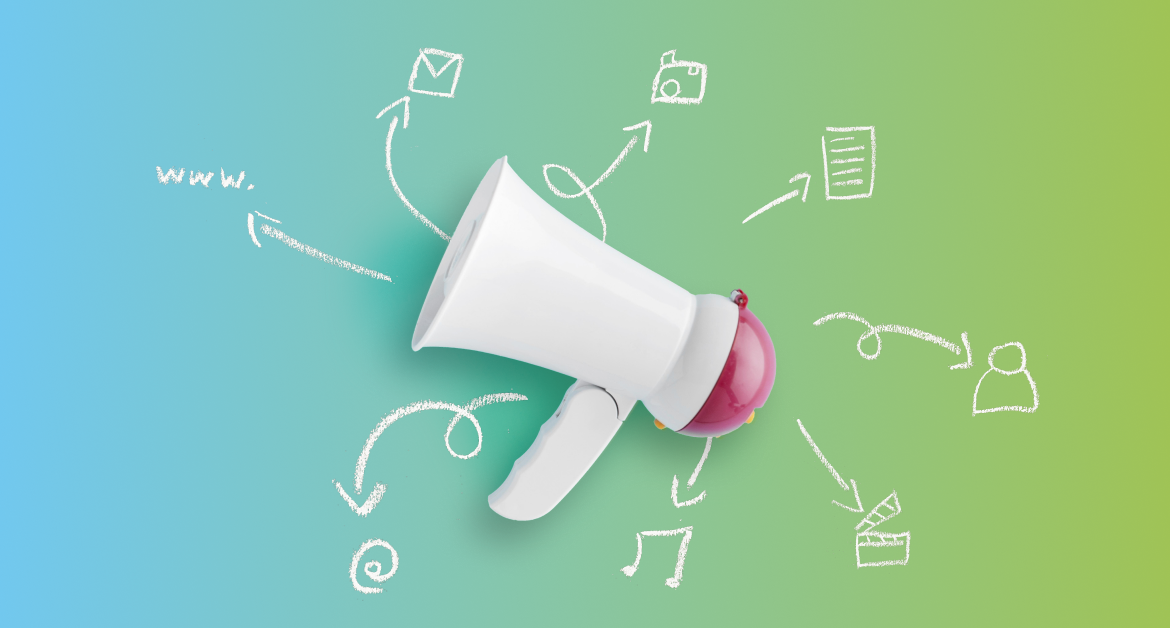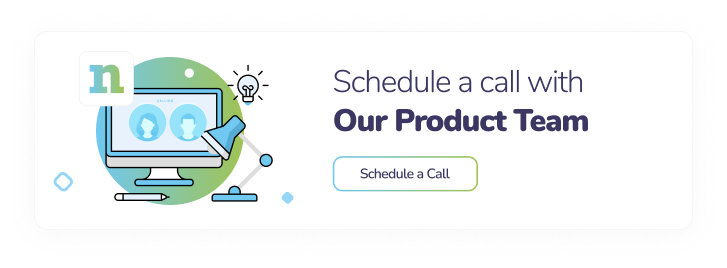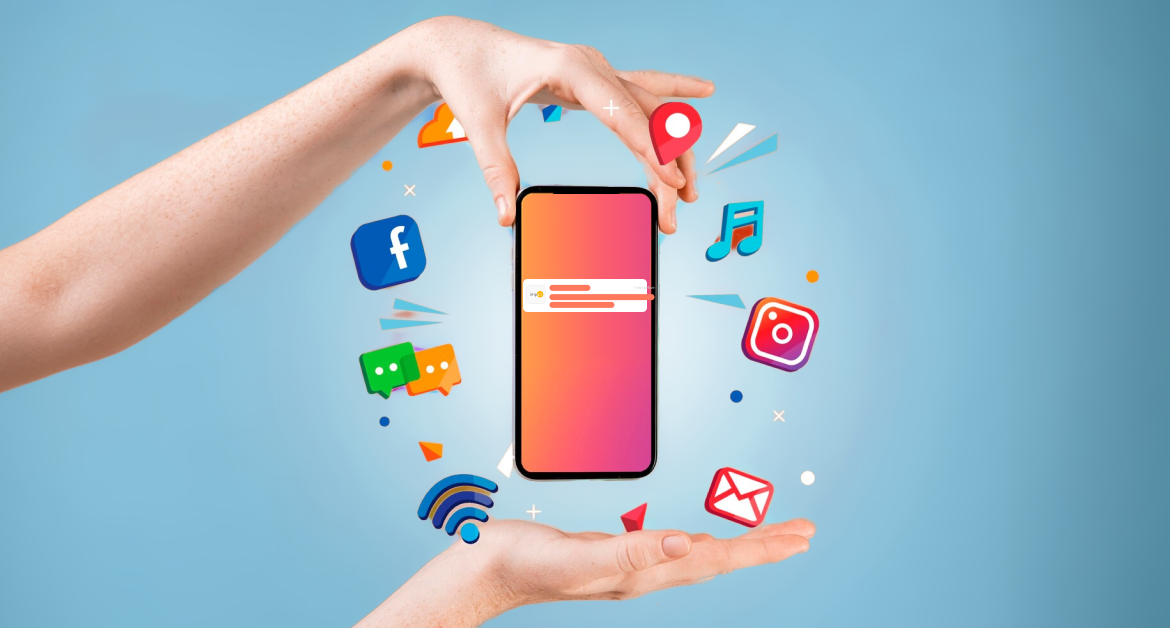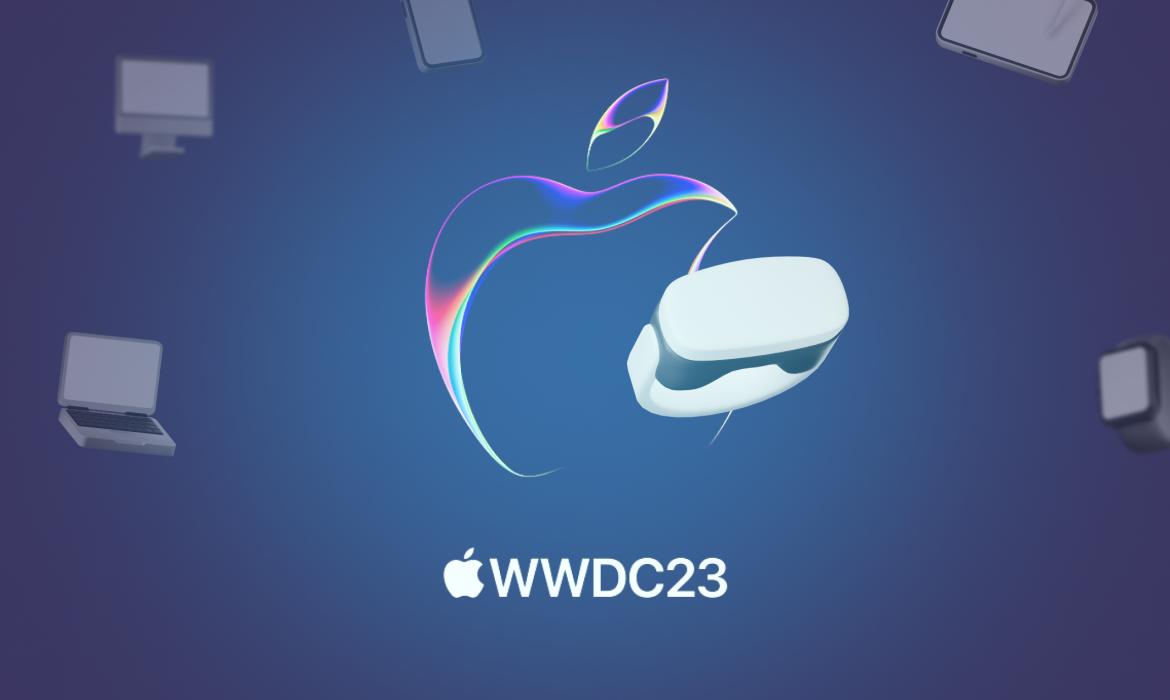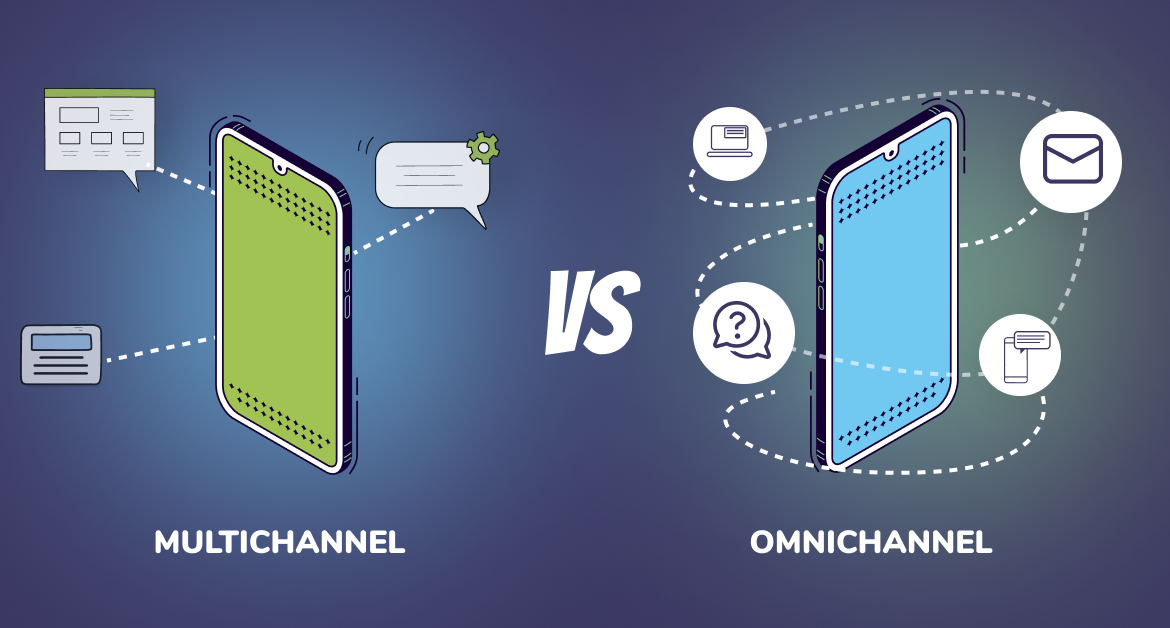Black Friday Marketing Tips & Success Stories
Black Friday, Cyber Monday, Single’s Day, and many brands are applying sales events for the whole month of November for us to participate in shopping madness.
Increasing Conversions Through Gamification
Do you remember when you were little, and you didn’t want to eat the leftover vegetables on your plate, so your mother had to playfully lift the fork in the air, gliding it like an airplane straight toward your mouth? Well, your mother gamified the act of eating vegetables, transforming a boring task into an enjoyable and enticing experience for you. As you can tell from the title of this article, this is what we simply call – Gamification.
Applications and websites have been using gamification in various forms across industries by adding an element of play to traditionally non-game contexts. From financial management to fitness, shopping to dining, and everything in between, we can easily encounter gamification.
In this blog post, we will walk you through everything you need to know about Gamification, starting from its definition, moving on to how it works, sharing successful examples from real brands, and concluding with a deeper knowledge of a specific Gamification technique. Let’s get started!
Increasing Conversions Through Gamification
What is Gamification?
Gamification is the integration of game elements into non-game contexts. It can be used in various forms across industries by adding an element of play to traditionally non-game contexts. It goes beyond mere entertainment; it’s a powerful tool to captivate audiences, boost engagement, drive conversion, and create memorable user experiences.
Have you ever encountered a spin-to-win widget on a retail website? Or, did you redeem your complimentary coffee at Starbucks with the stars you earned through the application? Or has a language learning app ever prompted you to complete a lesson with fun quizzes and competitions? If your answer is yes, then you’ve encountered gamification examples in your life.
From education to marketing, fitness apps to loyalty programs, gamification is leaving its mark across diverse industries. Gamification is a proven method to make tasks and experiences more fun and enjoyable by adding elements such as badges, points, rewards, leaderboards, and challenges. Whether you’re looking for ways to increase your website traffic, drive customer loyalty, or boost sales or engagement, gamification can be a powerful method to achieve all those goals and more.
How Does Gamification Work?
The secret behind Gamification lies in understanding what motivates people and what makes them feel rewarded. This can be something straightforward as gaining points for task completion or more compound as earning badges or leveling up after reaching a specific milestone. Harnessing these inherent motivators, gamification has the potential to drive engagement and increase conversion rates. Experts believe that gamification increases dopamine in the brain, which provides feelings of pleasure and positivity. In the long run, this becomes an immediate association with your business which helps your brand to be associated with positive feelings.
Consider a scenario where you’re using a fitness app integrated with gamification features. As you engage in workouts and achieve fitness milestones, you accumulate points that can be exchanged for exclusive workout plans or wellness rewards. The more consistent you are in your fitness routine, the more points you earn and unlock access to more advanced plans or enticing rewards. This serves as a motivating factor to maintain an active lifestyle with a sense of accomplishment for you, and for the brand, it means higher user engagement and increased conversion rates.
Types of Gamification
Let’s learn more about how gamification can be used in marketing through various strategies according to Neil Patel’s article.
1. Playable Games
The straightforward way to use gamification in marketing is to add playable games. For example, Nike’s “Nike By You” section on the official website allows customers to personalize some Nike models as they want to. And, this is one of the simplest yet effective methods of gamification. This not only enables customers to have the customized shoes they desire but also enhances their loyalty to the brand by making them feel involved in the design process of the shoes.

2. Games of Chance
These types of chance games offer users the opportunity to win prizes through activities such as spinning a wheel, drawing a number, or scratching off a ticket. E-commerce businesses, retail stores, restaurants, and service providers can employ this strategy. Utilizing features such as digital scratch-offs or virtual wheels (Spin-To-Win widgets) makes it convenient to send these types of games through email.
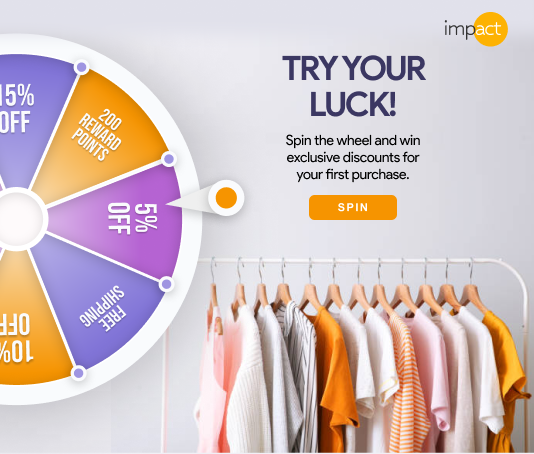
3. Contests & Leaderboards
These naturally involve the feeling of community and competition. Using a leaderboard strategy for gamification helps users to be loyal users of the website or the application. Dualingo’s leaderboard & league approach is one of the best examples of leaderboard strategy. It is also what encourages users to stay in the application and be engaged with it. This gamification marketing strategy works great in competitive industries like fitness, gaming, and sports.
4. Rewards Program
Rewards or loyalty programs are another example of gamification types in marketing. For example, coffee chains like Starbucks or Cafe Nero offer their customers reward programs so that they can earn points for each dollar spent with the opportunity to get free things such as coffee or pastries. This encourages people to come back to the same store.
Benefits of Gamification
Gamification can enhance your marketing campaigns, offering many valuable benefits for businesses.
Here are some of the most notable benefits of Gamification:
1. Increase in Engagement:
Gamification captures and maintains users’ attention by incorporating elements of play and a sense of competition, making user experiences more enjoyable, fun, and interactive.
2. Increase in Motivation and Positive Behavior:
Since you’re offering rewards, points, gifts, or badges for your customers, your gamification efforts simply motivate users to complete the desired tasks. While this helps you increase engagement and sales, it also helps your customers to become repeat buyers because of the positive experiences they’ll have with your brand and your products.
3. Learning and Skill Development:
Learning platforms that use gamification in their educational programs may benefit from gamification by implementing more effective and engaging learning experiences to their users. Gamification, when used correctly, can foster skill development through interactive challenges, quizzes, or games.
4. Increase in Customer Loyalty:
Brands that mix loyalty programs with gamification can benefit from long-term customer relationships as rewards, points, or gifts help customers stay engaged with the brand.
5. Increase in Sales and Conversions:
For brands or businesses, especially in e-commerce, spin-to-win widgets, and other gamification elements can boost sales, increase conversion rates, and encourage repeat purchases.
6. Brand Differentiation:
Brands that implement gamification strategies create a unique and memorable experience for their customers in their products or services, which helps them retain and attract customers.
Examples of Gamification
1. Starbucks
The global coffee chain seamlessly integrates gamification into the daily coffee routine. Like many other areas, Starbucks has already set itself apart in Gamification with its loyalty & reward programs. At the core of their Gamification practices, we find their Rewards Program, through which customers can earn stars for each purchase. This simple yet powerful act transforms coffee runs into a little, enjoyable experience, encouraging purchase and driving loyalty. The collection of stars becomes a journey for the customers and with each sip they contribute to unlocking new rewards. This attracts their customers to the collection of stars, making it an enjoyable experience.
Along with the rewards they often introduce limited-time challenges and promotions with elements of surprises that keep the game going. Through this strategic use of gamification, Starbucks has gained a loyal community of coffee lovers full of caffeine.
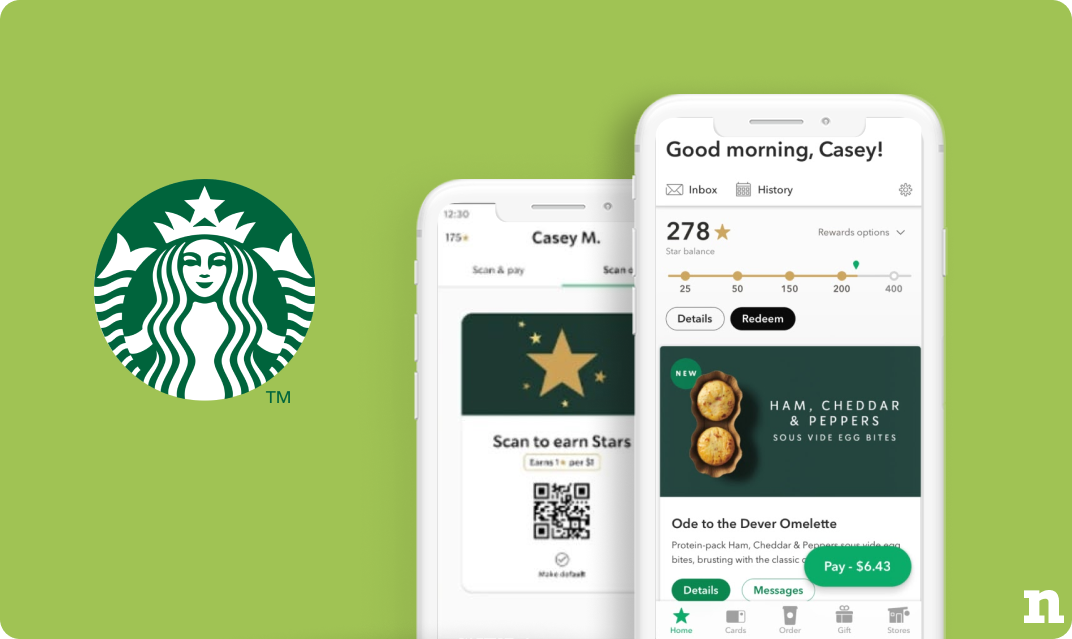
2. Duolingo
The language-learning platform, Duolingo, has disrupted the education applications market with its powerful use of gamification. Learning a new language can be challenging, but Duolingo transforms the learning experience into a captivating game. The strategy of the application lies in the points system – earn points by completing lessons, and let your fluency score rise.
It is a clever but simple way to turn language acquisition into a competitive yet friendly challenge. Duolingo’s interesting feature “daily streaks” acts as a friendly challenge that helps users to practice learning every day. The more days you keep up your streak, the more you feel like you’re committed to learning the language. And, the app rewards you for sticking to your practice goals. This clever gamification not only makes learning more fun but also keeps users hooked as they track their progress and celebrate themselves along the way.
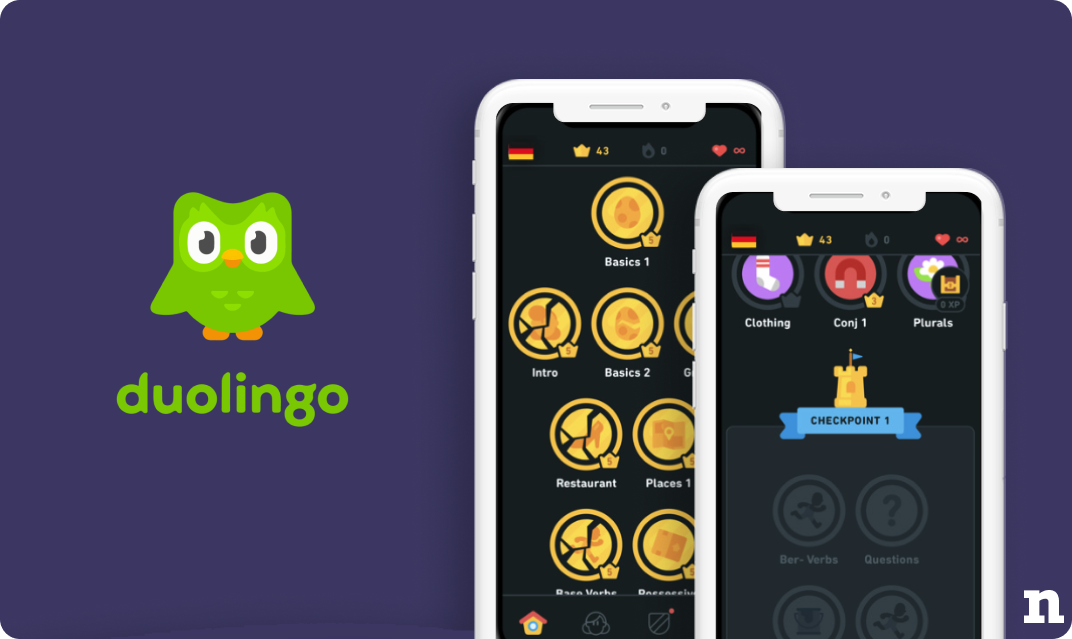
3. L’Oréal Paris
L’Oréal Paris has been known to use gamification in different ways to attract new online customers, and the global beauty brand knows how to leverage smart technologies such as augmented reality.
With The Virtual Makeup Try-On technology available on the Maybelline website, customers are able to try all Maybelline Makeup products on their own phones and web browsers with just a few clicks. This helps customers to see the shades according to their skin tone and lighting, and choose between different shades or tones as they were trying tester products in a brick-and-mortar store.
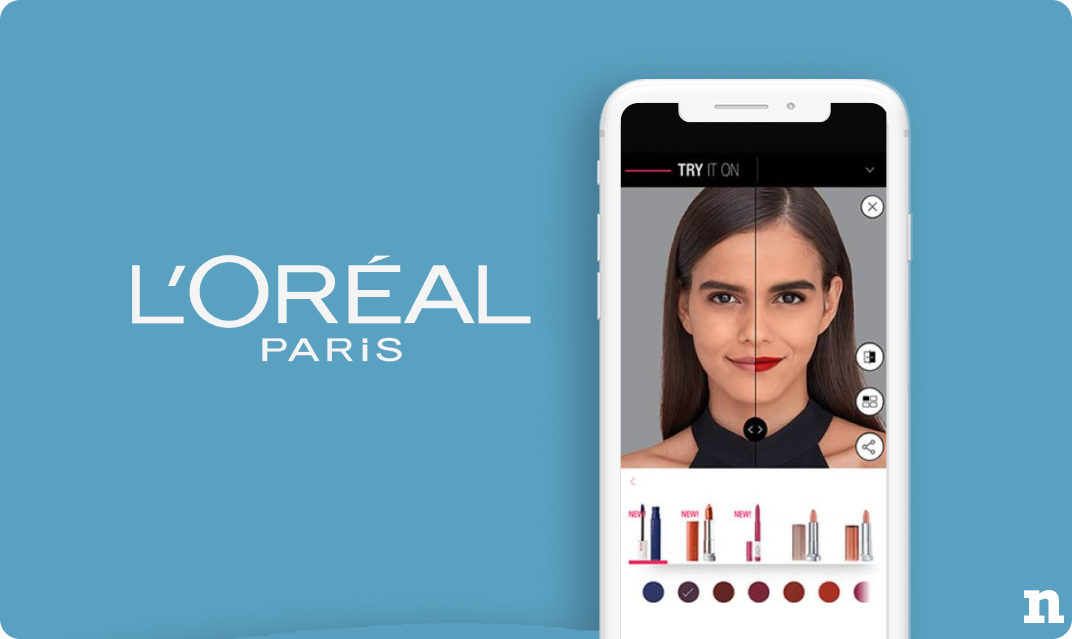
4. Pepsi
Pepsi launched a special AR-driven campaign in 2020, featuring top international football players – Lionel Messi, Paul Pogba, Mo Salah, and Raheem Sterling. The campaign featured special “limited edition” Pepsi cans with scannable QR codes that loaded AR versions of the players on users’ phones. This allowed users to participate in a virtual kick-up game. As part of Pepsi’s “Pepsi, For the Love of It” campaign, the AR game served as a cross-channel digital experience designed to boost customer engagement and enhance brand loyalty.
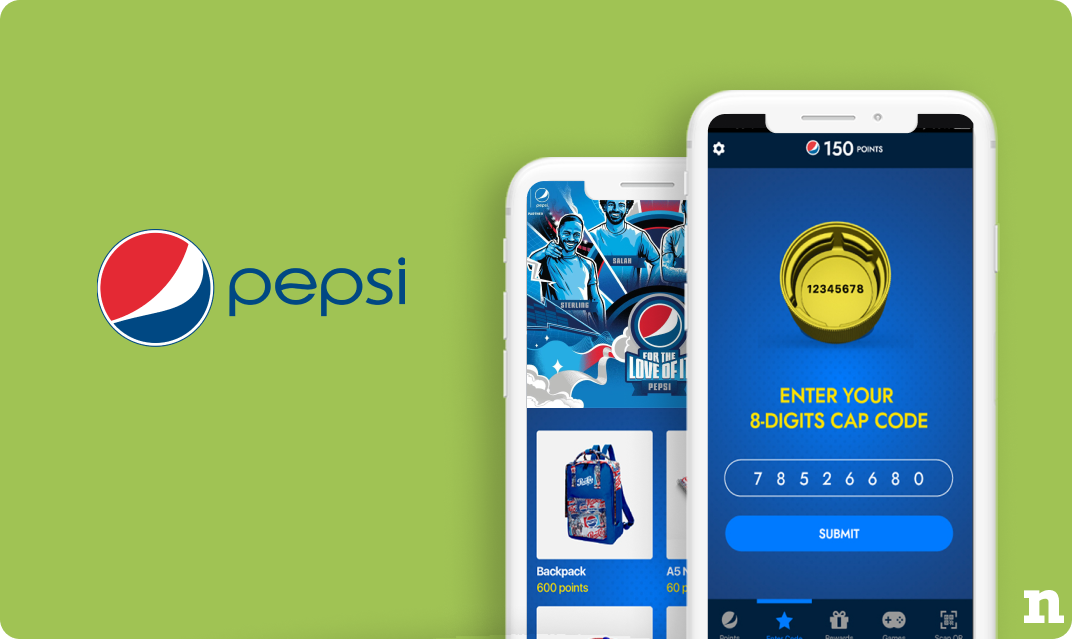
Spin to Win Widgets: A Gamification Practice
Let’s say you encountered a beautiful website full of fashion goods that you want to buy all at once. You start to scroll through the product pages, and suddenly a widget pops up on your screen, a spin-to-win widget filled with discounts or gifts to use on your next shopping spree. All you have to do is sign up through your email, and you’re ready to see if you can get the biggest prize on the wheel. Well, you probably know by now that this is an example of gamification which we call: Spin-To-Win or Spin-The-Wheel.
E-commerce brands often use these widgets and offer a thrilling spin on user engagement. Imagine landing on a website, and instead of the typical static layout, you’re greeted with a dynamic wheel full of exciting rewards. This element of chance and anticipation adds a whole new dimension to the user experience. A Spin-to-Win campaign is an interactive campaign where participants are given a chance to win prizes by spinning a wheel.
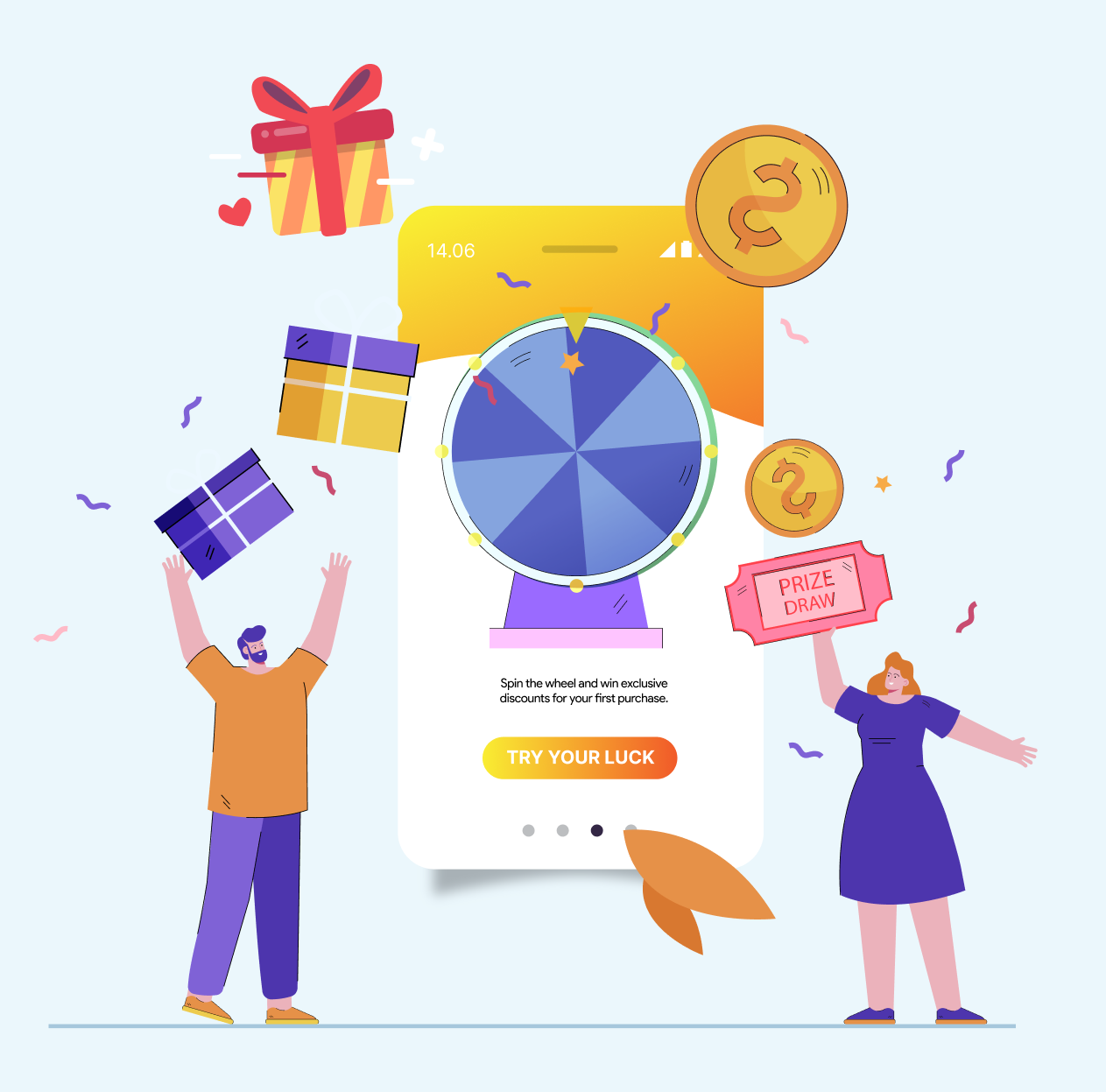
Why You Should Use Spin-To-Win Widgets In Your Marketing Campaigns
What makes Spin to Win widgets so irresistible? It’s psychology.
The element of surprise triggers a release of dopamine, the brain’s feel-good neurotransmitter. Users experience a sense of thrill and satisfaction, fostering a positive association with the brand or platform. The unpredictability of the outcome keeps users hooked, encouraging repeated interactions, and also sales and engagement. But, increased user engagement is just the tip of the iceberg.
Spin to Win widgets are powerful tools for:
Lead Generation: Users willingly provide information when engaged in the game, offering valuable data for targeted marketing.
Conversion Optimization: The gamified element nudges users towards desired actions, whether it’s making a purchase, subscribing to a newsletter, or exploring more content.
Brand Loyalty: The positive emotions associated with the interactive experience foster brand loyalty, turning one-time customers into repeat patrons.
Final Thoughts
As businesses increasingly transact in the digital world, and as new technologies are emerging daily that can be used in marketing efforts, the key to success lies in a company’s commitment to creating compelling content. In 2024, the more a brand invests in developing entertaining and interactive content for its audience, the higher the probability of generating leads and increasing conversions. Ready to level up your marketing game and create engaging experiences for your audience? Start gamifying and watch your brand’s success!
Deep Linking 101
In today’s interconnected digital landscape, where we have countless apps and websites waiting for our attention, finding the most efficient and user-friendly way to navigate the virtual realm has become important. This is where deep linking emerges.
How to Master Geofencing: 6 Tips You May Like
In today’s digital age, geofencing has become a competitive necessity for businesses aiming to thrive in the modern marketplace. Geofencing, a location-based technology that creates virtual boundaries around physical areas, has emerged as a powerful tool that can redefine the way companies engage with their customers.
How to Increase App Push Notification CTR
We’ll give you some useful tips on how to build an effective push notification strategy that will help you convert regular shoppers into loyal customers now.
8 Effective Push Notification Tips and Examples
Effective Push Notification Tips and Examples
Push notification is a great tool for informing users about campaigns, news, shipment tracking, and more instantly, and increasing in-app interaction. Brands can easily reach their marketing goals with well-prepared, immersive, and meaningful push messages.
There are many aspects to take into consideration when preparing a push notification before sending it. The content is one of the most crucial ones. The content of your notification should accurately describe the campaign and draw the user in. Therefore, it should contain a call to action (CTA) message to activate the customer. It only makes sense when the right content with the right message reaches the right user.
1. Your Tone of Voice Matters

You should also note that the tone of voice of your notifications must be understandable. In order to avoid ambiguous, unrelated messages, you should keep your message short, understandable and coherent.
2. Personalizing is A Must

After you have prepared the content then you should look into personalization. You can do this by measuring the behavior, demographic information and habits of the users. It will allow you to deliver messages your users want to receive.

Personalized push notification easily differentiates you from competitors. For example, a push notification sent for a campaign in a menswear brand should not be sent to women. However, you can also target women for the same campaign with a message such as “the best gift for men”. By sending a campaign to both women and men at the same time with different messages, you can evaluate the feedback you get. The important thing here is to set up the right communication strategy, taking into account what is targeted with which campaign.
3. Location-Based Marketing is Essential

Messages that will increase interaction can be prepared based on the location information of the customers as well. Today, the combination of GPS networks, Bluetooth, and real-time location tracking allows you to deliver targeted messages and track customer data.
4. Get Feedback

Push notifications are great for collecting feedback from customers. By asking your customers’ opinions about the last purchased items, the content they want to receive or their overall experience with your app, service or product, you will both deliver more related and personal experience and also increase customer satisfaction.
5. Deliver Promotions

Delivering promotions through push notifications are one of the most favorite ones for both marketers and customers. Marketers love to create an urgency with time-limited offers, discounts and promo codes. And customers will feel lucky to have such a deal before it is too late.
6. Iterate Reward Programs

Rewarding progress is another example of using push notifications effectively. You can inform them about their in-game actions, the amount of articles they read, their fitness goals, the number of items they purchased through your app. In this way, you will keep your customers more engaged with your app and urge them to keep going to do so.
7. Use Time-Sensitive Notifications

Timely updates offer great value and trace an important step in the customers’ journey. Especially food app users expect these types of instant and real-time updates after placing orders as they anxiously anticipate delivery.
8. Target In-Active and Lost Customers

Ecommerce brands are very familiar with the abandoned cart issues. Push notifications are an effective and compelling way to retarget users who have left before purchase and need an extra urge to follow through at checkout. Hopefully, with a direct, urgency-driven copy and a strong CTA, you can turn them into completed purchases. Moreover, you can add special offers for abandoned items to urge customers to come back and take immediate action on this sale.
How to Create an Effective Mobile Marketing Strategy in 2024
How to Create an Effective Mobile Marketing Strategy
Developments in the digital marketing sector have diversified the activities of companies. As the most important marketing method today, mobile marketing is a very bright field. The huge increase in the use of mobile devices has been felt in the mobile marketing industry for a long time. In such an environment, the concept of mobile marketing takes a very important place in digital marketing.
Why is Mobile Marketing Important?
Users spend around 90% of their time in apps on mobile devices. And mobile users look at their mobile phones 70 times a day, approximately every 15 minutes. An average user looks at his phone for 90 minutes a day, and 220 minutes in the United States. It should be noted that these numbers are increasing day by day. Let’s see how you can use these numbers to your advantage
Making your customers feel special: It is a private space for each mobile device user. When you reach your potential customers with mobile marketing, a one-to-one connection can be established between them and your brand. That’s why you can build loyalty to your brand by offering special deals to your customers and always being in contact with them.
Establishing quality communication: Imagine that you need to communicate with your customers instantly. In this process, almost all users of text messages sit in less than 3 minutes. If you want to establish a quality communication, you should definitely use text messages. Many brands do not believe in the power of text messages. So you can profit.
Benefitting from mobile ecommerce: A significant portion of people buy their products from mobile devices. Up to 75% of searches on the Internet are completed by purchasing experience. About 40% of the e-commerce industry consists of mobile e-commerce. Therefore, you can take advantage of the benefits of mobile e-commerce.
Promoting your brand economically: Mobile marketing activities are a very economical and effective option besides all other marketing activities. Reaching customers using mobile transportation channels such as a text message or mail will perhaps be among the most effective and most economical marketing methods.
Achieving high engagement rates: If your brand is confident in its mobile marketing strategy, you will be preferred more by your customers. Research on marketing reveals that 60% of internet users develop positive loyalty to the brand when they do not have any problems with the websites they access from their mobile phones. Research shows that websites that are not mobile-friendly are quickly abandoned. Therefore, you can increase your interaction rate with a mobile marketing strategy.
So far, we have talked about why mobile marketing is important for a brand. Now let’s continue with the strategies you can use in mobile marketing.
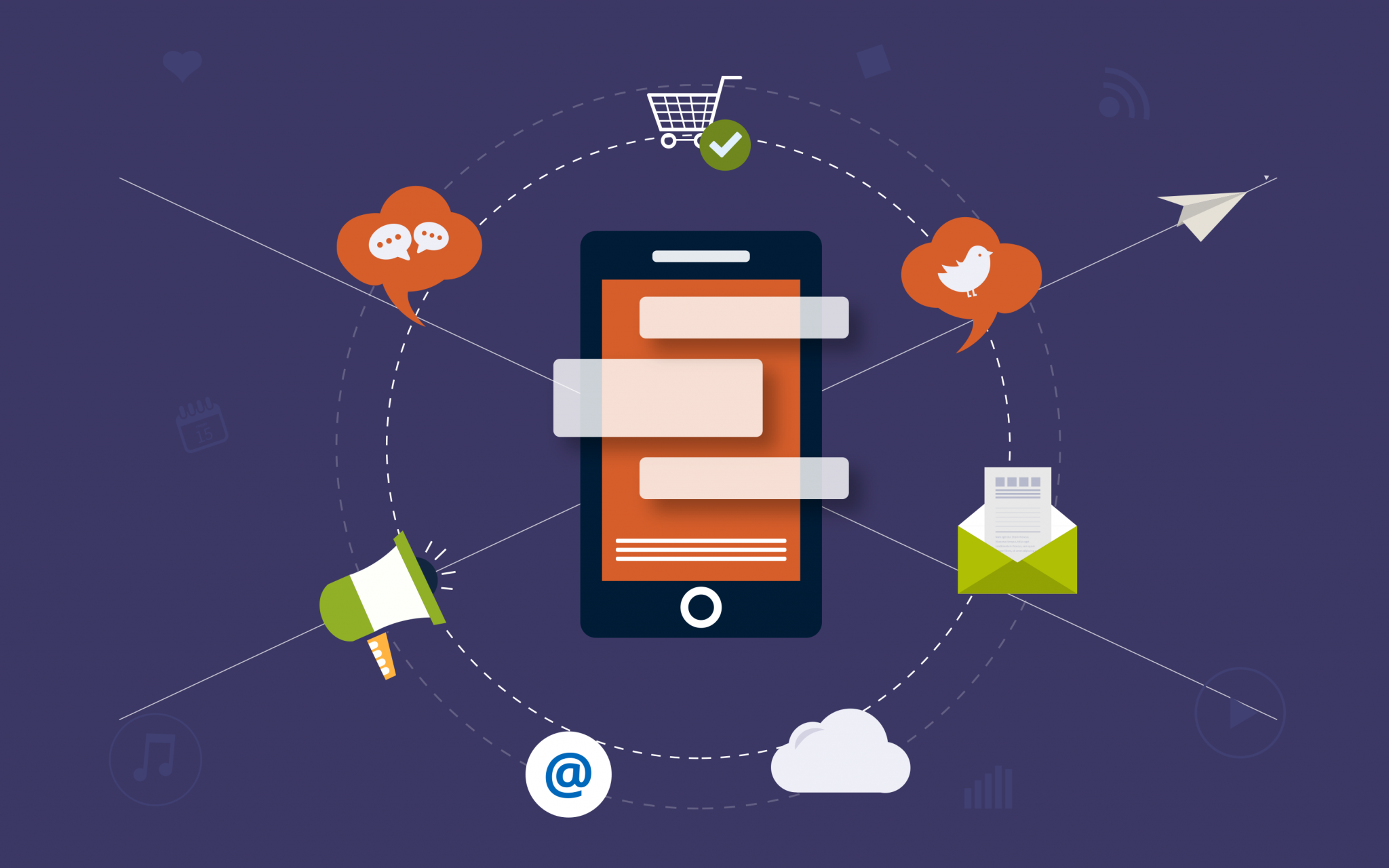
How to Create an Effective Mobile Marketing Strategy
If you haven’t developed a mobile strategy in the digital marketing field, where the competitive environment is extremely angry, it will be more and more difficult for your business every day. Now let’s see the strategies you can use in mobile marketing.
Know Your Target Audience
The beginning of the mobile marketing process, like other marketing processes, starts with knowing the target audience. Profile your target audience in terms of the content type they prefer, the internet resources they use and various features. You can create your marketing message much easier when you profile your target audience.
While trying to know your target audience, pay attention to the following features;
- What is the rate of web experiences from mobile devices?
- How many of the experiences with mobile devices are completed with the purchase?
- Which communication sources do you get more feedback from?
- At what times does your audience visit your service?
Netmera’s powerful analytics and engagement platform can help you answer these questions easily. With Netmera, you can identify, define, and target your audience with various attributes, including traits, behaviors, preferences, and more. Netmera also helps you integrate your marketing stack with ease and bring together offline and online customer data to create a complete view of a customer’s experience.
After knowing your target audience, it would be appropriate to determine your goals in the mobile marketing process.
Deliver Personalized Content
After measuring the behavior, demographic information and habits of your customers, now you can deliver messages your users want to receive. Whether it is a mail or a push notification, personalized messages easily differentiates you from competitors.
Make sure that the content you prepare appeals to your target audience. You should understand what questions the customers in your ideal target audience are asking and prepare content that answers these questions.
With Netmera, you can turn every click on your mobile services into a personalized interaction through targeted messages. As you increase the personal experience, you will make your users feel more special, making them more engaged with your service and be more active, and thus significantly increase conversion rates.
Reach Your Customers Across Different Channels
In order to provide a more holistic experience to your customers, you must reach them at the right time through different channels. For example you send location based messages to trigger a specific action that you want your customers to take. Research shows that 70 percent of mobile users allow push notifications. From here, you can send reminders, promotional messages, events, calls to action, personalized messages for your users.
You can also send notifications to users while they spend time in the application. For this, you can direct your users while they are in the application, and offer opportunities that will attract their attention. These notifications are extremely effective in reaching people who spend time with you by downloading the application of your brand.
Set Your KPIs and Evaluate Results
The most effective way to be successful in the mobile marketing process is to decide what success means to you. You also need metrics to show that you are successful in mobile marketing strategy. At the end of the mobile marketing process, you need to test your work. For this, you must set realistic and measurable metrics. State clearly what you expect from customers who use your service. See if your visitors achieve the goals you set for purchasing or getting to know the product.
After implementing the mobile marketing strategy, you should test it using the data you get. Here are some questions you need to find answers to:
- How much was the mobile content that I presented to your potential customers consumed?
- What do I need to optimize in my next mobile marketing process?
- How much traffic did my website get? What can I do to get more traffic?
- How can I get more effective results from metrics such as bounce rate, pageviews?
As you can see, an important reason for the evaluation process is not only to measure your success, but also to reveal the plans you will make for your next marketing efforts.
WWDC 2023 Recap: What Brands Should Expect
From June 5 to June 9, 2023, Apple held its annual Worldwide Developers Conference (WWDC), a weeklong event where the company unveiled its newest products and upgraded operating systems. The biggest and most exciting event of the year for Apple was broadcast live online to millions of viewers and was attended by developers, students, and media members. Along with other announcements and updates that will alter how consumers and brands interact with each other through Apple’s devices; Apple’s brand-new “wearable spacial computer” Vision Pro and visionOS, and its operating system, were the day’s most significant announcements. Let’s examine the highlights of the WWDC event and what it means for the future of engagement for brands.
Apple Paves The Way for More Personalization with iOS 17
With improvements to the features of Phone, FaceTime, and Messages, Apple’s iOS 17 reveals making iPhone more personalized and intuitive.
Starting from iOS 17, users will be able to personalize their Contact Posters through new font colors, numerous new typography options, pictures, or Memojis. With users having new ways to express themselves, Contact Posters will appear when a contact calls the user or when the user shares their contact information via NameDrop.
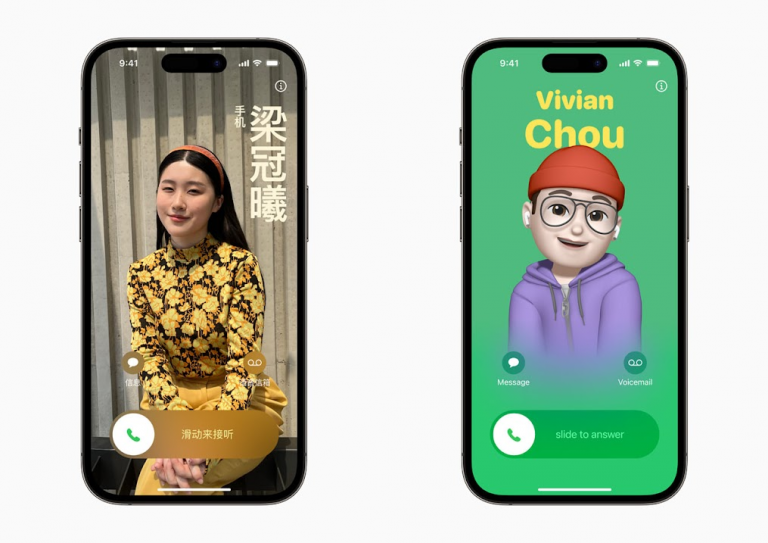
Significant updates have also been made to the Message app, including a brand-new sticker experience with new emoji stickers and a new way to make Live Stickers by using objects from images. Users can also add effects to Live Stickers to make them come to life, and a new keyboard drawer organizes all of their stickers for easier access.
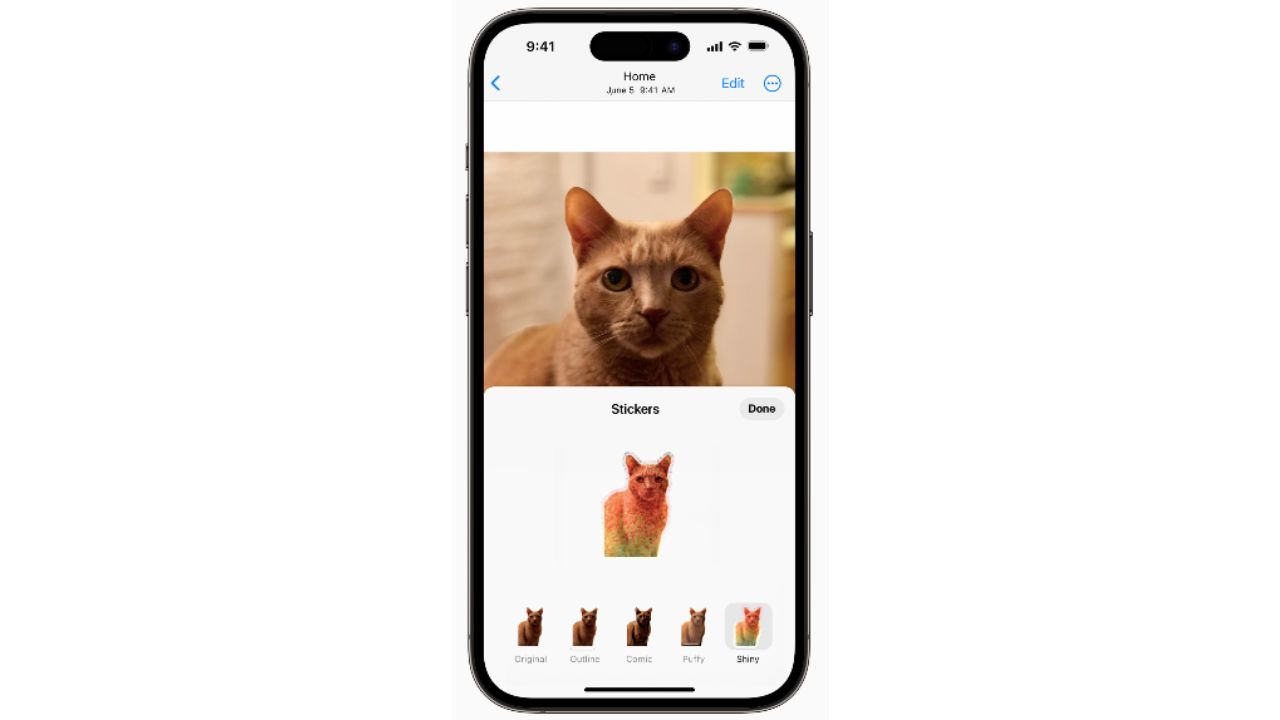
StandBy: A Full-Screen Experience while Your Phone is Charging
Apple introduced StandBy at this event, which actually transforms iPhones into smart home devices while they are being charged and turned on their side. With StandBy, iPhone users will be able to quickly and easily access critical information from their preferred apps, including Live Activities, in full-screen.
We all remember Live Activities from last year’s WWDC as a part of iOS 16, the feature that acts as interactive push notifications designed for users to keep track of their real-time activities. Live Activities are being used for sports games happening in real-time, food deliveries on their way, workout times, and health stats for those who like to exercise without having to unlock their phones.

You may get a new lock screen experience with the StandBy function by turning your phone on its side while it is charging. This experience can be a customized alarm clock, a calendar, or a personalized picture reel. Live Activities and widgets are also supported by the StandBy function, plus it automatically adjusts for low light.
Therefore, brands that have been using Live Activities to offer continuous and real-time information to their consumers, should soon consider updating their content and visuals to be ready for the full-screen view. Later this year, once iOS 17 becomes accessible universally, brands will be able to develop more engaging experiences with Live Activities on StandBy for their customers, in a full-screen.
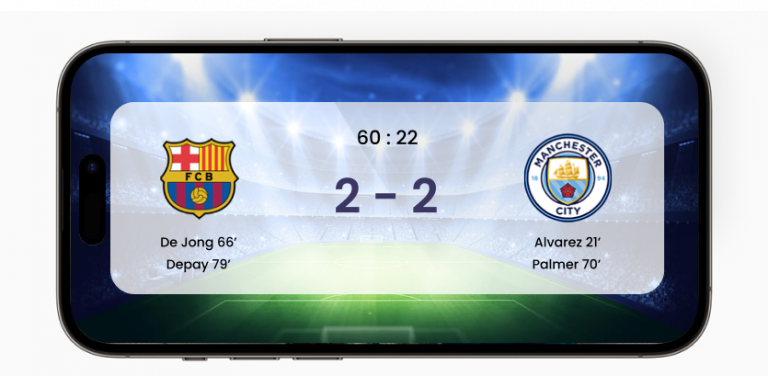
A More Powerful iPad Lock Screen with Live Activities and Interactive Widgets
Additionally, later this year, with the release of iPadOS 17, Apple will offer Live Activities on the iPad. iPad users will now be able to check the status of real-time events like flights, food delivery, and live sports events right from their iPad lock screen.
Plus, after the update, iPad users will be able to add their preferred widgets on their iPad Lock Screens to quickly view crucial information. Users may use their Lock Screen to perform actions directly with interactive widgets. Brands that already offer iPhone widgets can now start working on how to create iPad widgets as well to attract more users.
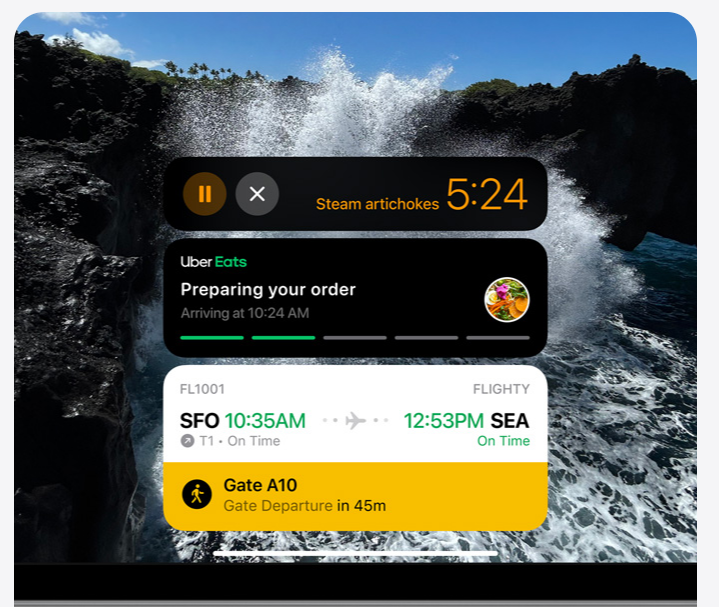
The New Journal App
When Apple suggests a photo memory of our loved ones to us, don’t we all fall even more in love and appreciate it? Apple, also seems to enjoy the idea and wants to keep it alive.
Well, the new Journal app will assist you with keeping track of memories by suggesting moments from pictures, with location information added, and music recommendations.
Plus, the Journal App will also give you a prompt as to what you should be writing for that particular memory. What’s more to this is that suggestions can be integrated into third-party programs because they are available as an API, but while ensuring your privacy.
This new Journal App that the world will meet this year is also another example of how Apple loves personalization, as much as we do.
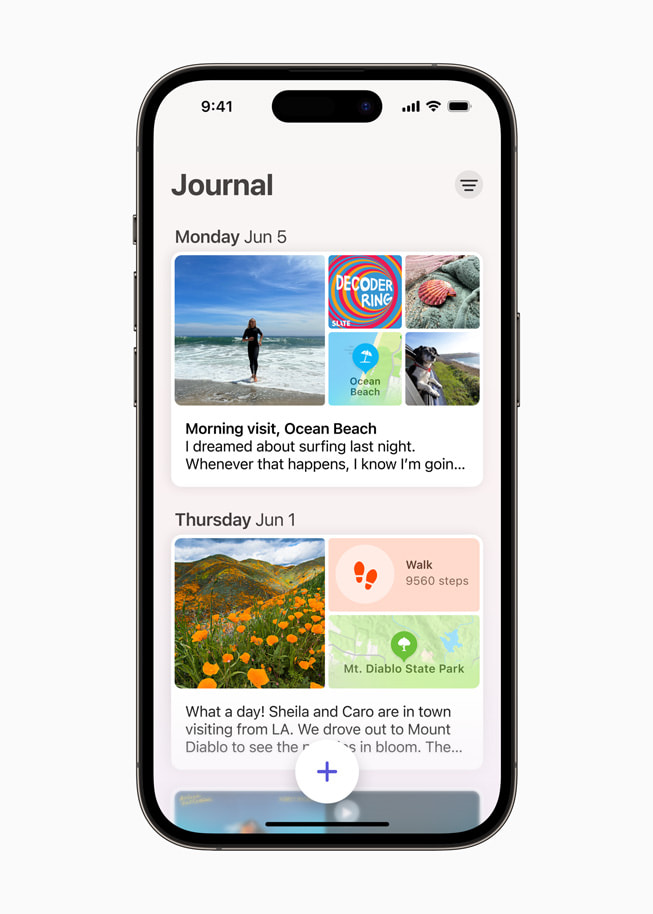
Safari Web Apps for macOS
One of the most significant Safari updates Apple introduced at WWDC is the ability to turn your favorite websites into Web Apps on MacOS. As the websites can be directly accessed from the desktop, brands have a better chance to engage with their customers.
Users can simply click on the icon and reach the website more quickly and easily than traditional browsing. Plus, having the logo of your brand constantly on their desktop will reinforce your brand which can in turn bring more customer engagement and conversions. Equally important, Apple’s Web Push Notification support for Web Apps on Safari for iOS and iPadOS allows marketers to use push notifications to enhance the user experience.
Privacy is Still the #1 Concern
We all know how important privacy is for both Apple users and Apple itself. Well, we don’t have to worry at all because privacy was one of the key topics of WWDC, exactly like the past events. Like other events, Apple just released a dozen updates to its operating systems and devices that improve privacy and security.
The newest addition to the family is Link Tracking Protection, which is designed to avoid cross-website tracking. Safari will be able to automatically remove tracking parameters from URLs when in Private Browsing Mode on iOS 17, iPadOS 17, and macOS Sonoma. Apple claims that Safari eliminates the identifying parts of the URL while keeping the rest intact when a tracking parameter is found while browsing or copying a link. The links will still function normally despite losing their distinctive identifiers.
At WWDC, Apple showed in a video how the parameters of the URL are removed. With the update, Safari automatically removes from the original URL the unique “click_id” parameter that is normally used by advertisers to track a user’s behavior across websites.
What brands should learn from this feature is that they need to work on their privacy policies and figure out how they can track users with more privacy-centric attribution methods, since Apple is determined to protect people’s privacy. Marketing teams should also start considering other ways of tracking sources.
The New Era of Reality With Apple Vision Pro
Apple Vision Pro‘s debut at WWDC 2023 was perhaps the event’s most significant part. The newest addition to the Apple family is called “wearable spacial computer” and will be available in 2024 for $3,499.
Users will be able to view and interact with digital content as if it were physically present in their environment. The difference between Apple’s Vision Pro and any other VR headsets that we all know and experienced before is that Apple has found a way to combine the actual world with the virtual experience smoothly.
Adjusting the shadows and highlights, Apple Vision Pro shows depth and location to help you blend the real world and the virtual one. The digital knob on the headgear lets you access built-in VR “environments” that let programs go beyond the physical space while also letting you adjust how engaged you are.
What’s more to this is the headset’s reliance on your hands, eyes, and voice rather than other devices or controllers. Users may just tap their fingers to choose, flip their fingers to navigate, and more.
But what does Apple Vision Pro say about the future of engagement? Well, it depends on the consumers. Many of us can say that Apple’s brand-new Vision Pro is neither necessary nor likely to be widely adopted. However, it’s important to keep in mind that the same thing was being said about smartphones ten years ago, the internet twenty years ago, and televisions thirty years ago. We can consider Apple Vision Pro to change things sooner rather than later, especially given how Apple has a way of making new technologies into must-have products.
A tip for brands that want to think of the future is to think about Vision Pro and the possibilities it will give birth to when it comes to customer engagement. Especially Media & Entertainment brands can see their way into the brand-new Vision Pro, and think about how to adapt to these new changes. But that does not mean that other brands cannot do anything while the world is changing into new technologies, they just need to work a little harder to keep up and find a way to mix customer experience with the virtual world.
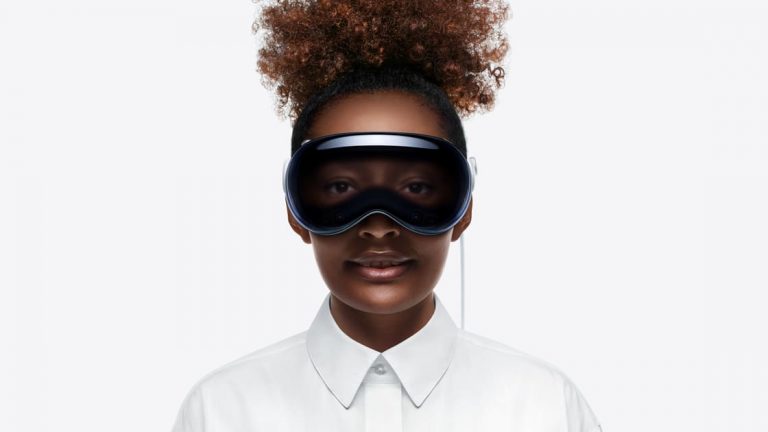
What Netmera Learnt From Apple WWDC
At Netmera, we are thrilled to see and experience what Apple has to offer with iOS 17, new features and additions to the Apple family, and of course, the brand-new Vision Pro.
As always, we’re getting prepared for these features and we will be offering a new Netmera SDK that is compatible with iOS 17 and other changes. We encourage everyone to update their SDKs for a better experience. Stay tuned for new updates from us to help you prepare for iOS 17 and any other releases.
Omnichannel vs. Multichannel Marketing: 3 Examples and Strategies
The term omnichannel simply means “all existing channels”. That is, to use all available ways to reach the specific marketing goal. Omnichannel marketing is a strategy implemented by actively and simultaneously using all channels that can be communicated with the target audience. All channels can be included in this method, which is generally referred to as “multi-channel marketing” in some cases. In other words, not only digital but also traditional channels are a part of this marketing method.
Omnichannel vs. Multichannel Marketing: 3 Examples and Strategies
In multi-channel marketing, there is a model that includes channels such as e-commerce sites, mobile application, social media, e-mail, as well as a physical store. In short, the business provides service wherever the customer can reach, which brings the customer experience to the perfect point. However, providing services in all of these channels cannot be called omnichannel marketing alone.
The difference between omnichannel and multichannel marketing
Omnichannel and multichannel are two methods that are mixed together. The difference between them is actually simple. In both strategies, customers are served through many different channels. In the multichannel method, each channel is managed independently from each other, while in the omnichannel method, all channels are integrated. In this way, the customer can perform each of the transactions related to a service he/she receives from a different channel, all channels know that customer, and the service and the stage of the service can be seen.
Multichannel marketing works for businesses looking to expand their e-commerce reach, but omnichannel marketing allows companies to fine-tune it. Omnichannel marketing requires more work and focus from your employees to implement. Many experts claim that the benefits are well worth the extra work and time. By applying an omnichannel strategy to your business, you can retain customers and continue to grow your business.
Omnichannel & Multichannel marketing examples
In the early stages of omnichannel marketing, it was sufficient to use two channels at the same time. However, it is always essential to develop new strategies to keep up with the pace of development of digital.
Imagine that you are a fashion brand serving both on an e-commerce site and in physical stores. Customers who come to the physical store encounter customer representatives waiting with tablets in their hands. They have the chance to examine all the details about the product they see in the store electronically. In addition, sales and invoicing transactions can be performed through these tablets. With this strategy, you add a new dimension to both e-commerce and omnichannel marketing.
Especially e-commerce sites and physical businesses with e-commerce sites are developing new strategies for multi-channel marketing by developing their own methods. One of the first examples of this strategy was seen in 2003. Best Buy has developed a multi-channel after-sales support method in order to compete with its strong competitors in the electronic environment. This method was to provide after-sales support to the customer both in-store and online.
One of the most successful examples belongs to the online clothing store Net-a-Porter, which once surpassed even the e-commerce giant Amazon. The company used mobile applications and social media to keep customers in the ecosystem. They used e-mail marketing to persuade customers to track store behavior, and remarketing ads to attract customers who left without purchasing. Using all these channels at the same time, the company achieved a significant growth with the income of these channels.
Omnichannel & Multichannel marketing strategies you can apply with Netmera
You can improve your omnichannel or multichannel marketing strategies by correctly evaluating the channels your business has. It is possible to implement these strategies even if you do not have traditional marketing channels. The main issue is to bring the customer experience to perfection by using all available channels efficiently. To do this, there are a few details you need to pay attention to.
1-Choosing the right channels
Choosing the right channels is one of the keys to providing the same user experience across all channels. You should not include a channel that you cannot be efficient in your omnichannel strategy. Netmera helps you to analyze customer data during channel selection. Once you select the right channels you can quickly start delivering your right content to the right customers at the right time with Netmera Orchestration Marketing Automation tool. For example, when the customer completes the order process via the mobile app, you can send an automatic email, SMS or push notification stating that the transaction has been completed successfully.
2-Make the most of customer data
One of the hallmarks of digital marketing is that it is measurable. You will also need these measured data in the omnichannel marketing process. At this point, you can collect and benefit from user data thanks to AI-based analytics tools Netmera offers for you. You can collect thousands of data and easily understand it through detailed yet simple-to-understand data reports. Netmera’s improved algorithms also help you create AI-based predictive segments to customize, arrange, and target your marketing content for specific audiences. Thus, you can know who you are addressing, get to know your customers, and determine what they are satisfied with.
3-Be active on every channel
Choosing the right channel is one thing, delivering quick and relevant content in those channels is another. Netmera allows you to synchronize all your communication channels to give your customers a seamless and complementary experience with your brand. You can start the communication with an email and continue through push notifications to keep the customer journey right on track. You can create automated messaging campaigns to prompt important user flows during each stage of the buying process. You can set up messages to trigger automatically based on user behaviors. Netmera helps you create multiple journeys for every stage of your customers’ lifecycle, from initial engagement and long-term engagement in line with your omnichannel marketing strategy.
Location-Based Marketing: How Does It Work & What Does It Offer
Location Based Marketing: How Does It Work And What Does It Offer For Businesses
With the increase in digital marketing and analysis opportunities, location-based marketing efforts are gaining momentum, making it even more possible to stay in touch with your potential customers instantly and consistently.
Parallel to the increase in the penetration rate of mobile phones over 90%, the use of the internet has become more widespread among all segments of the society. This has caused companies to shift their marketing budgets to digital marketing strategies instead of traditional channels within the scope of digital transformation.
For this reason, location-based marketing methods have recently been the solution to the search for new strategies in the marketing world. There are some new concepts that the world of location-based marketing has added to our lives, and we will start to hear them more often as end users in the near future.
How Location-Based Marketing Works
Location-based marketing basically proceeds through two methods. These are location-based applications and networks that work through social media sign-ups. In this context, location-based applications can obtain the user’s exact location information using GPS.
In location-based applications that proceed through social media, it is possible to access more detailed information such as age, gender, likes, as well as the location of the user. For example, Facebook offers the option to add a location while sharing a picture and collects comments about the place. Likewise, leaving comments and recommendations on the venue’s page on Swarm creates a very important value for the business and the application.
On the other hand, telephone operators already have the basic demographic information of their customers, and they can also learn their location thanks to their cell towers. By dividing this data into segments, user groups with common characteristics can be created.
For example, a clothing brand wants to give special discounts to its customers aged 30-50, who are in the A income group, when they come to the shopping mall. The operator processes this information with a business intelligence tool and sends SMS to these customers who come to the shopping mall after making the target customer list.
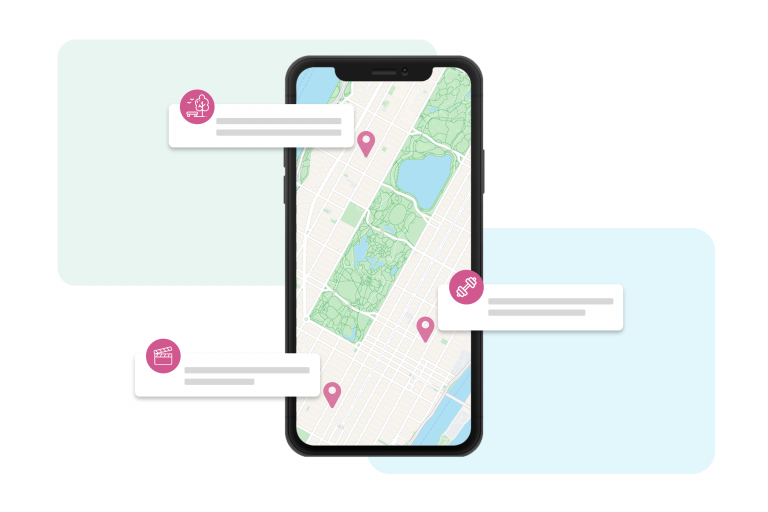
What Location-Based Marketing Offers to Businesses
Location-based marketing is a marketing method where you target potential customers who are generally close to your business. With location-based ads, you can target people who have the opportunity to reach your store or business. Thus, you will increase the conversion rates of your ads and reach a much higher quality target audience. Many businesses use this advertising strategy to increase their sales and put their businesses in much better positions.
Location-based marketing methods can be applied to people who have already shopped from your store. Thanks to advertising platforms, you can also identify people close to your location without the requirement to come to your store. Allowing people’s location when using Google or social media channels allows ads to be determined accordingly. In this way, it can show ads in Google, Facebook and Instagram ad networks by location. You can also use location-based ads in this way, and you can create high-quality and high-quality campaigns by making the necessary adjustments.
Personalized: Personalized messages always get higher engagement. With campaigns personalized by location, you have the chance to show more of your potential customers’ interests.
Timed: The key to location-based marketing is that it is timed. Location data of users is obtained in real time. Therefore, you can reach your target audience without missing the momentary opportunity.
Targeted: Location-based marketing allows targeting people in different geographical regions according to their similarities and differences in an easier way. With the right targeting, you can reach people more effectively by spending less money and time.
Location based marketing helps you;
- See your marketing areas and target audience, and easily reach your target audience,
- Determine where it would be better for you to open a store,
- Do competitor analysis clearly,
- Develop regional campaign strategies,
- See the changing needs of your customers and update strategies accordingly,
- Make your ads reach their full potential,
- See the efficiency ratio of your expenses for advertising and marketing.
Location-based marketing strategies are already used in many scenarios and are producing significant results, leveraging real-time data to better target consumers, effectively measure campaigns, and provide customers with the best personalized experience. As customers continue to expect special offers, the future will see more investment in location-based technologies and more innovative use cases in terms of location-based marketing.


